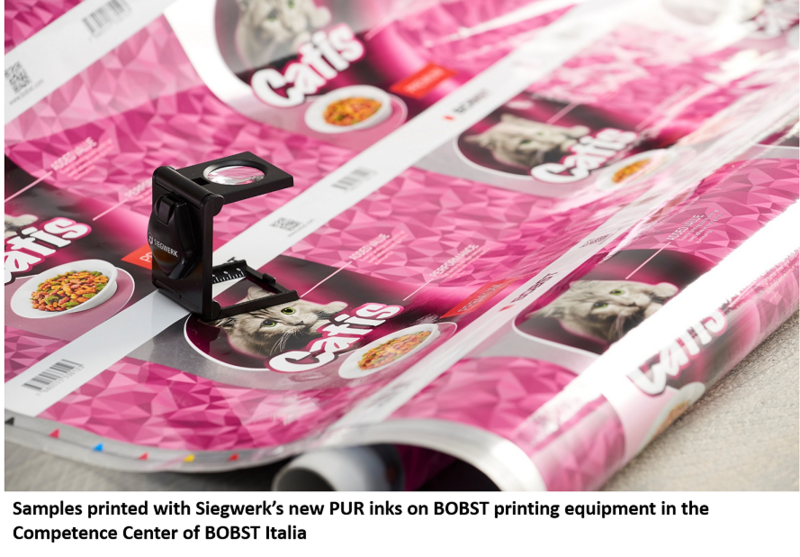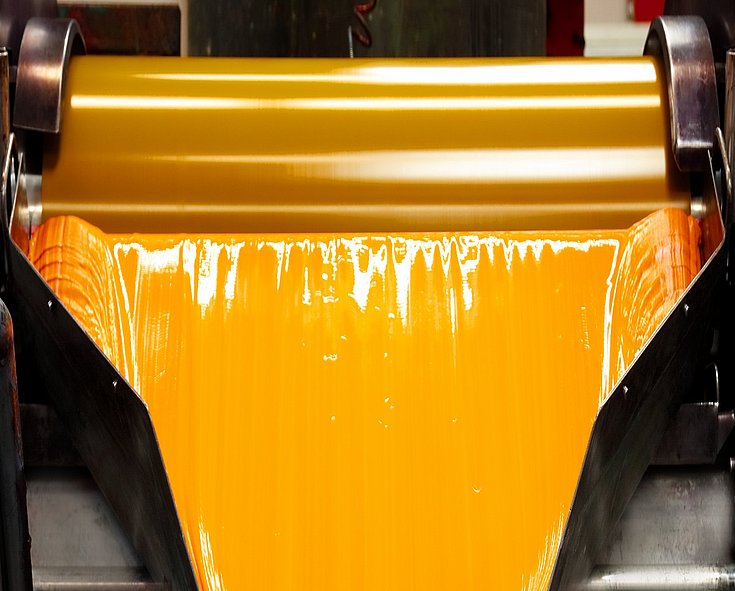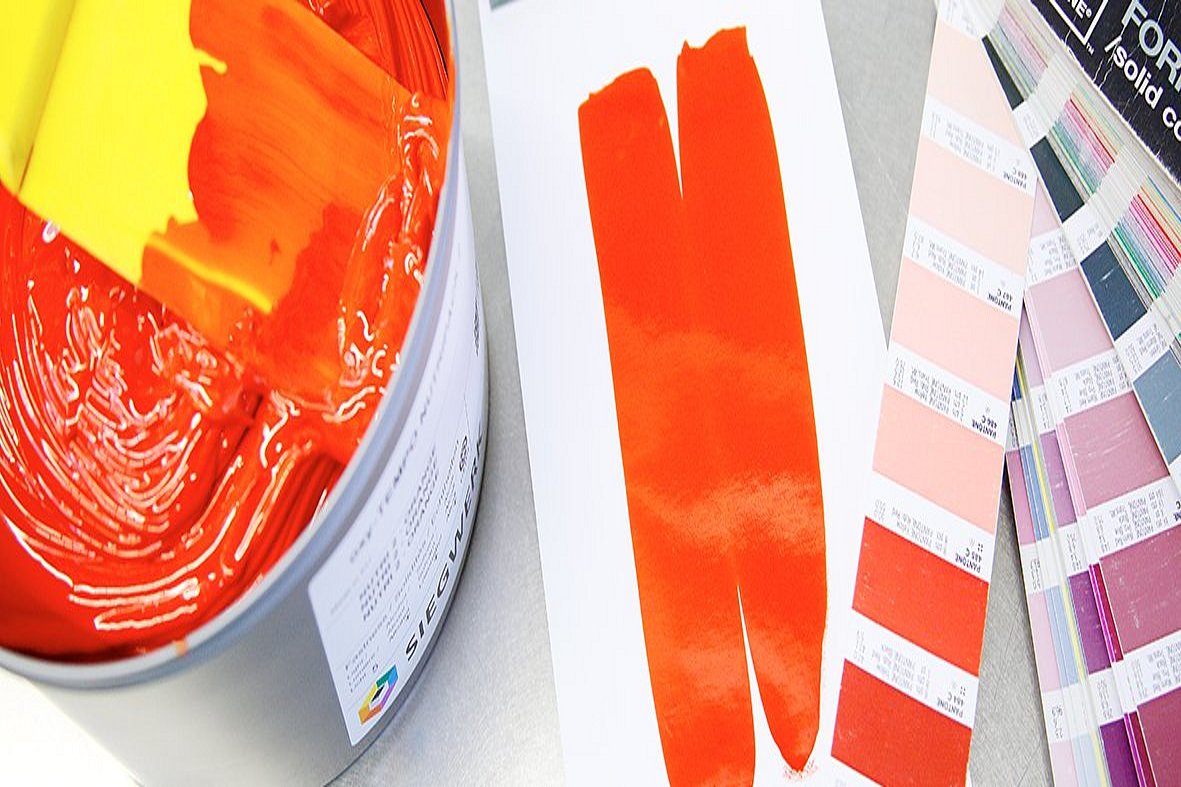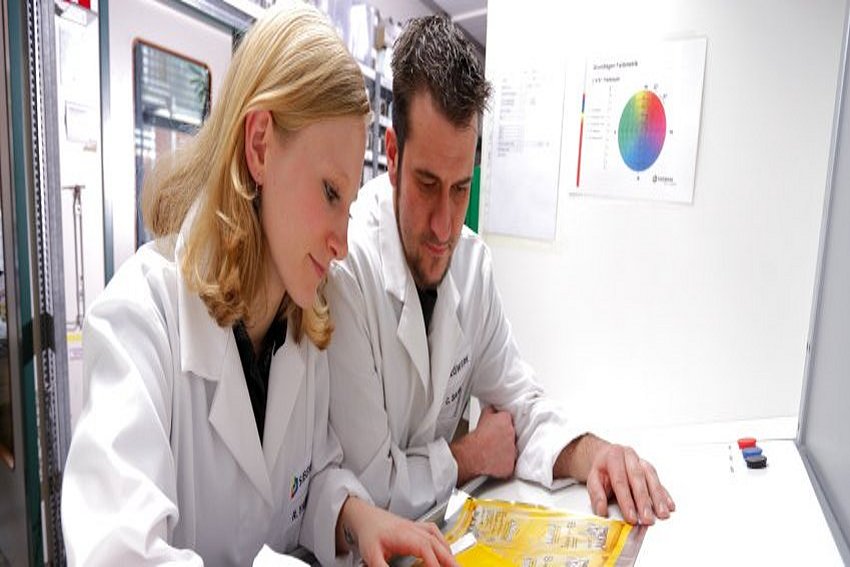
Next generation of polyurethane-based inks opens up new opportunities for gravure printers
Q: Siegwerk is already offering PUR inks for gravure to the market. What makes the new PUR ink system so special?
A: Yes, Siegwerk already provides well-proven ink systems based on polyurethane (PUR) to the packaging printing industry for many years. The innovation of our new developed ink technology is that it builds upon a PUR-based concentrate system that can be combined with different technical varnishes. This enables a broad range of applications in flexible packaging printing. Our new PUR ink system can be supplied in two different versions – either as our master base system in the form of ready-to-use inks or as a master batch system, where the full PUR concentrates are combined with various master compounds (technical varnishes) out of one dispenser. Finally, the new technology will be available in mono-solvent form based on ethyl acetate only, which is beneficial for our customers with solvent recovery systems.
Q: What kind of application range do you target with your new PUR innovation?
A: Our new ink technology, that will be available for the European market first, is free of polyvinyl chloride (PVC) and suitable to realize a variety of packaging structures. It is designed to meet different kind of application requirements up to high performance ones like for example high bond strength values in lamination. It allows for use in challenging retort conditions and can also be applied on modern barrier film substrates. Besides, it can also be used for medium performance applications. The inks will be tailored to the specific requirements of each customer to exactly match their individual needs, keep the portfolio simple and avoid overdesign. This contributes to simplify ink room complexity and reduce ink stocks, which at the end improves cost-in-use for customers.
Q: Where do you see the benefits of your new PUR system for the future of gravure printing?
A: Our polyurethane-based master batch system will enable gravure packaging printers to get the inks for diverse applications from only one single dispenser in the future. This is an innovative new concept in packaging printing, as highly complex requirements will be covered with only one dispenser set-up. This will contribute to simplified ink rooms and reduced ink stocks. If a packaging printer today for example uses PVC-based inks for retort applications and nitrocellulose (NC) inks for non-retort applications, the printer would be able in the future to operate these print jobs from only one dispenser based on our new PUR innovation. All in all, our PUR master batch system facilitates PVC-free packaging, drives portfolio simplification while optimizing cost-in-use, and allows for good application properties.
Q: What are your practical experiences with the new ink system so far?
A: The new PUR inks have already been tested on a variety of substrates under industrial trial conditions and exhibited great print results with an outstanding printability even at high printing speeds above 500 m/min. At the same time, subsequent laminations showed excellent bond strength values under non-retort and also retort conditions above 130 degrees Celsius. Furthermore, the trials have proven a very low solvent retention level of the inks.
Q: How can the new PUR innovation concretely help to improve the cost-in-use for customers?
A: In particular, it’s the reduced complexity of the ink system that provides significant benefits to the printer. Nowadays, various application segments are covered by different ink types. As said, our PUR ink innovation aims to address a variety of applications with one master batch system. So it will help to reduce cleaning steps, machine set-up times as well as ink complexity and therefore will allow for quicker changeovers between different print jobs. All in all, that’s how it will help to improve cost-in-use for customers.
Q: And how does the new PUR system fit into Siegwerk’s present ink portfolio?
A: The new system will add to our broad range of Flexible Packaging solutions for flexo and gravure printing. The new concept will complement our existing portfolio of PUR flexo inks and PUR gravure ink solutions like for example UR-22. It will provide our customers with more flexibility and an essential added value depending on their individual application portfolio. At the same time, other ink technologies including PVC-based solutions continue to have their merits. Siegwerk will further offer its PVC solutions which are widely known in the market for their great cost-performance ratio for many years. We are continuously working on the expansion and optimization of our ink solution portfolio to drive the future in packaging printing. With the new polyurethane-based system we will open up new opportunities and bring gravure printing to the next level.






